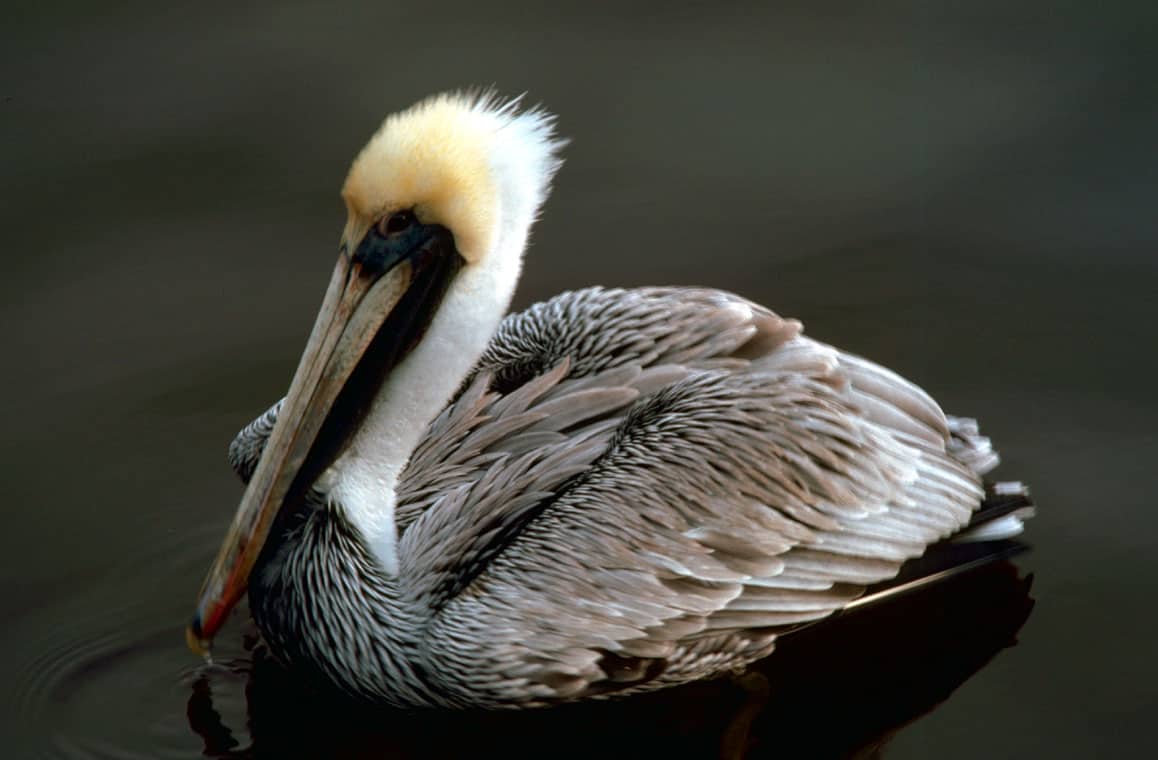The Montrose and Luckenbach Trustee Councils and the Government of Mexico have announced a $4 million dollar award to a U.S-Mexico partnership that will implement a comprehensive five-year program focused on restoring seabird populations on seven islands off the Pacific coast of Mexico. Improvement of nesting grounds in Mexico will create more stable and viable populations of seabirds in California and the Mexican islands off the Baja California peninsula.
With support from the Trustee Councils, a partnership that comprises the National Audubon Society, Cornell Lab of Ornithology, Grupo de Ecología y Conservación de Islas (GECI), and the Mexican Fund for the Conservation of Nature will implement the seabird restoration program. This partnership will strengthen an ongoing successful conservation program conducted by GECI on these islands over the past 15 years.
“The Trustee Councils are thrilled to support this partnership between leading conservation organizations in both Mexico and the U.S.” said Dan Ashe, Director of the U.S. Fish and Wildlife Service. “Seabirds cross freely over international boundaries and so must our restoration efforts. This bi-national project on the Baja California Pacific Islands will benefit seabird populations in both countries for years to come.”
The partnership will begin work in January 2012 on Coronado, Todos Santos, San Martín, San Jerónimo, Natividad, Asunción, and San Roque Islands, targeting seabird species such as the California Brown Pelican, Cassin’s Auklet, Ashy Storm-Petrel, and Xantus’s Murrelet. These populations face threats from non-native species; nest and burrow destruction in high use areas; and disturbances from lights and other man-made structures.
Biologists will use decoys, mirrors, and broadcast calls and songs to increase social interactions. They will also construct artificial nests to increase nesting opportunities, conduct habitat restoration, reduce human disturbance and artificial light, and support environmental education in surrounding communities.
The target islands are located in northwestern Mexico, off of the Pacific coast of the Baja California peninsula. These islands support a diverse group of breeding seabirds and are known for high levels of biological diversity. Seventeen species of seabirds breed on the islands, ten of which also breed on the California Channel Islands in the U.S. Most of the seabird colonies in Mexico form part of a larger population that breeds, forages, and disperses into California.

